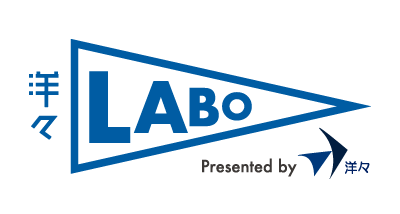TOEFL and IELTS: What is different?
IELTS and TOEFL cover the same subjects (reading, speaking, writing, and listening), but their formats and types of questions differ from each other. The speaking part is especially different between the two tests.
Test Comparison
IELTS and TOEFL both have four components, as noted above. In TOEFL, the test is given in a set order, but the order of the sections in IELTS may differ from test to test. The TOEFL is primarily done using computers, and the handwritten Paper-Based Test is not available as an option outside of specific areas where the Internet-Based Test is not available. In comparison, the IELTS is a handwritten test with the obvious exception of the speaking part.
The IELTS is also more strictly timed than the TOEFL is. The individual sections of the TOEFL have their own time limits, but the test taker may advance to the next section should they complete a section early. The one exception to this is between the listening and speaking sections, in which there is a 10 minute break that cannot be skipped. The IELTS is strictly timed, and it is not possible to move on to the next section of the test until the allotted time has elapsed.
Additionally, there are two variants of the IELTS, academic and general, whereas TOEFL has no variants. TOEFL focuses on use of academic English, as does the academic version of IELTS, although to a slightly lesser degree. The IELTS general English version focuses more on general English use. Only the reading and writing sections of the IELTS differ between the academic and general versions; the listening and speaking sections do not differ.
Speaking
One of the most significant differences between the TOEFL and the IELTS is the format of the speaking section. For the TOEFL speaking section, the computer will provide the test taker with a question and the test taker is required to speak for a set amount of time into a microphone, which will record their answer for review by the ETS.
For the IELTS, however, the test taker will be asked questions by a native English speaker in person. This results in an experience that is somewhat similar to an interview as opposed to the impersonal nature of speaking into a microphone for the TOEFL’s speaking section. One aspect of this difference to consider is that since the test taker may advance at will on the TOEFL, they may arrive at the speaking section before other test takers do or at around the same time. It is entirely possible to be the only person speaking in the entire room, but it is also possible that all of the test takers may be speaking at the same time and creating quite a bit of noise, which could be distracting.
Scoring
The IELTS is scored with a band system, with 0 being the lowest and 9 being the highest. TOEFL is scored from 0 to 120, with 120 being a perfect score. While these systems may seem different, they do still reflect the test taker’s English proficiency.

